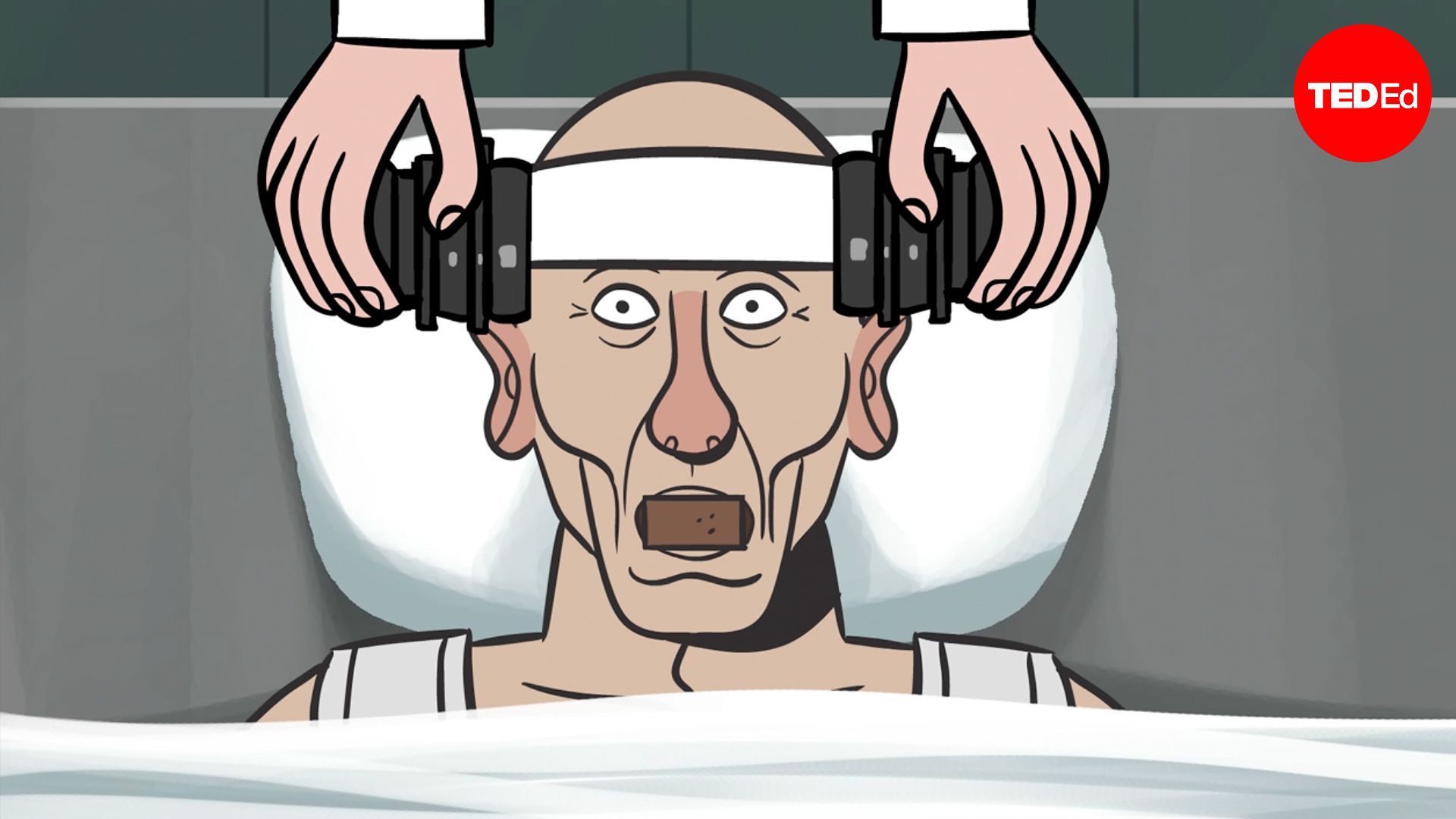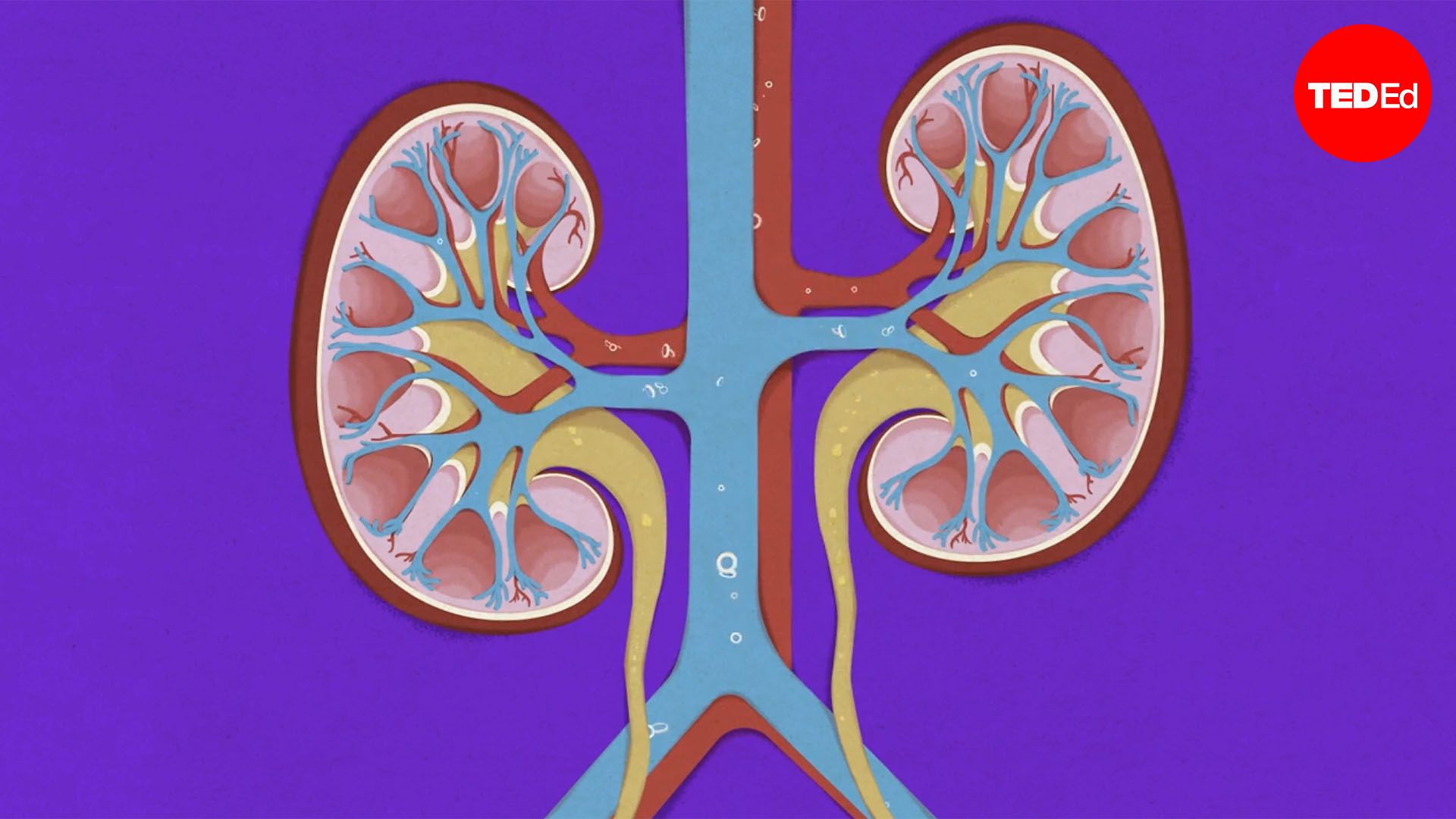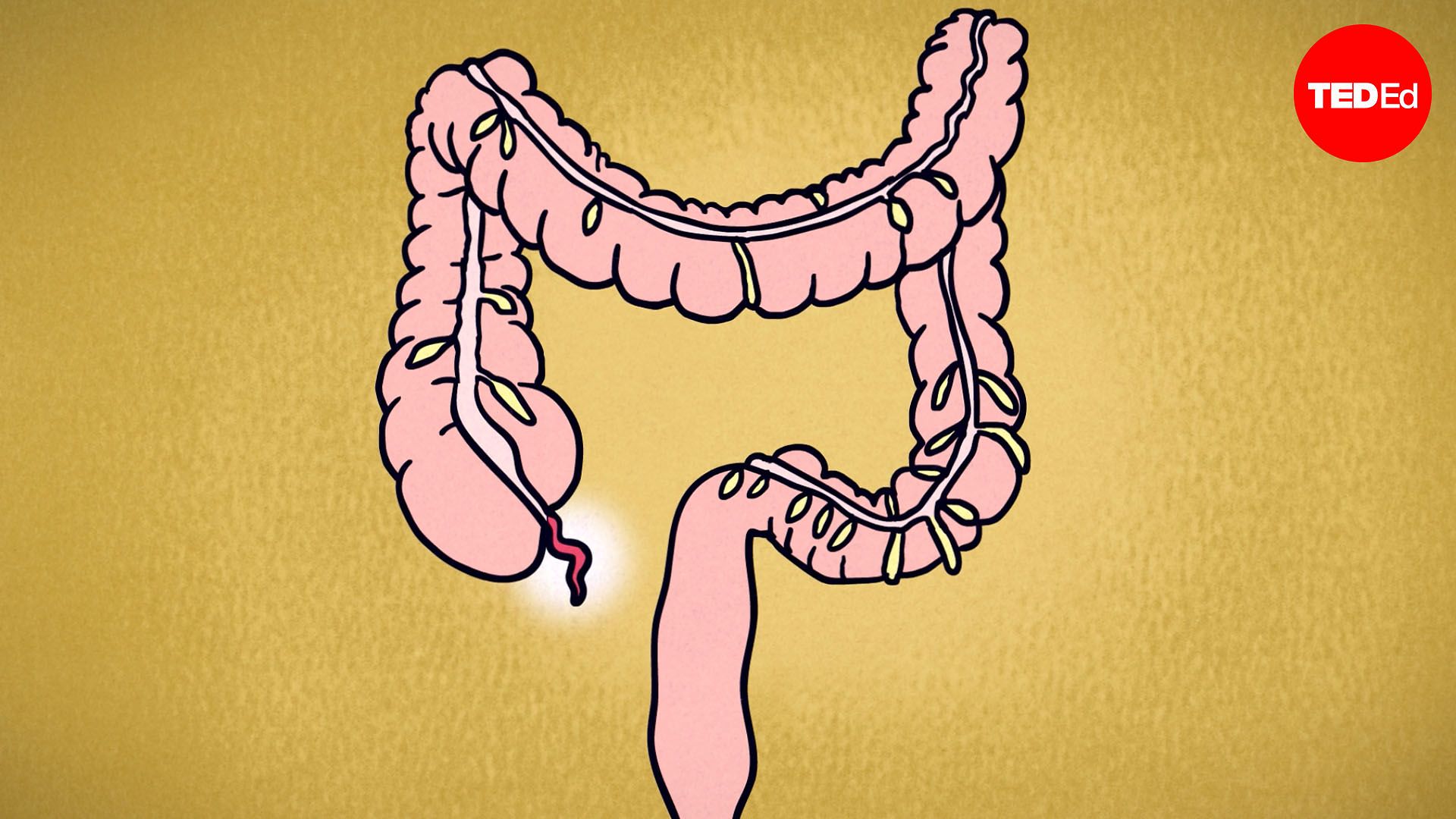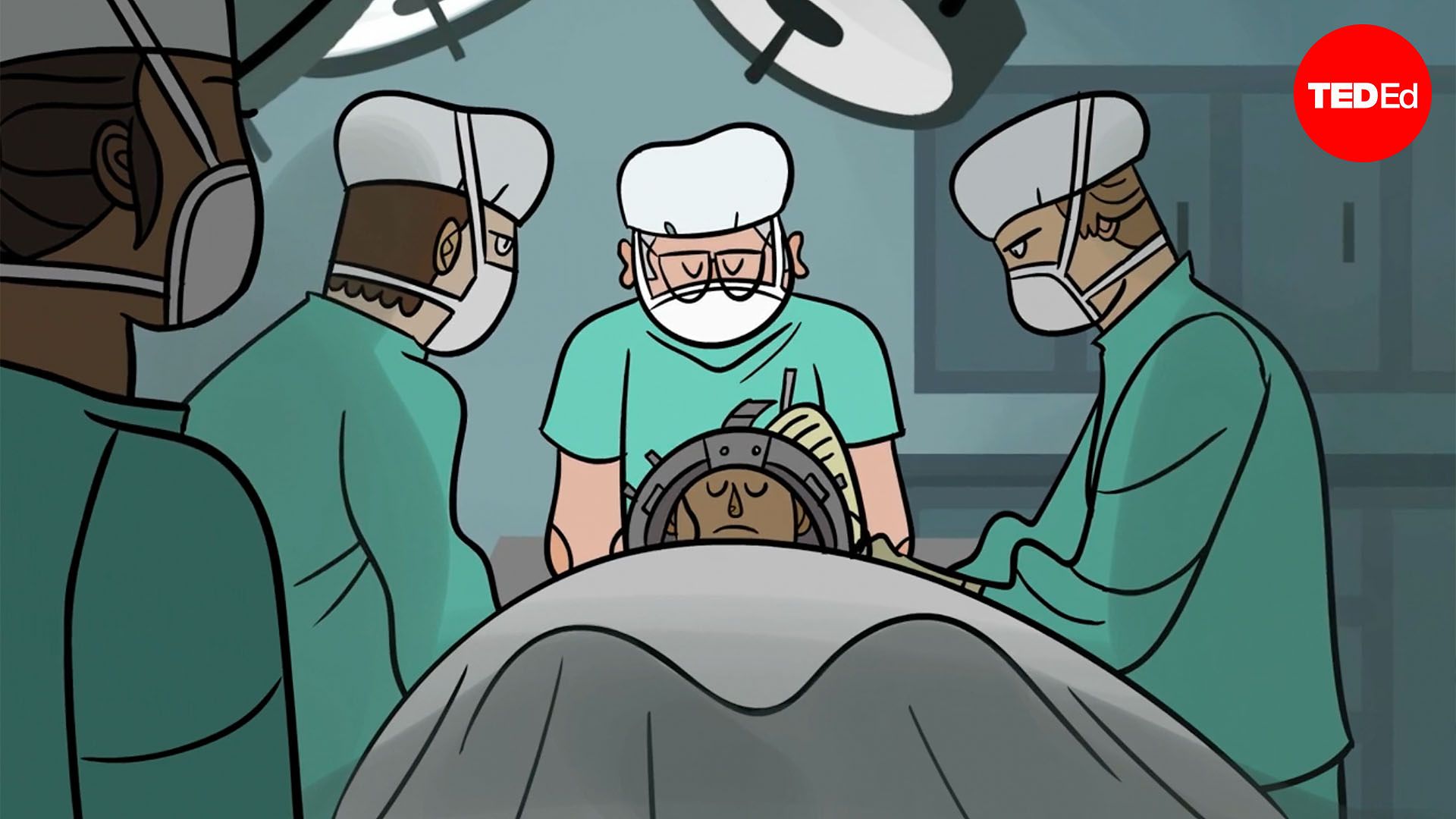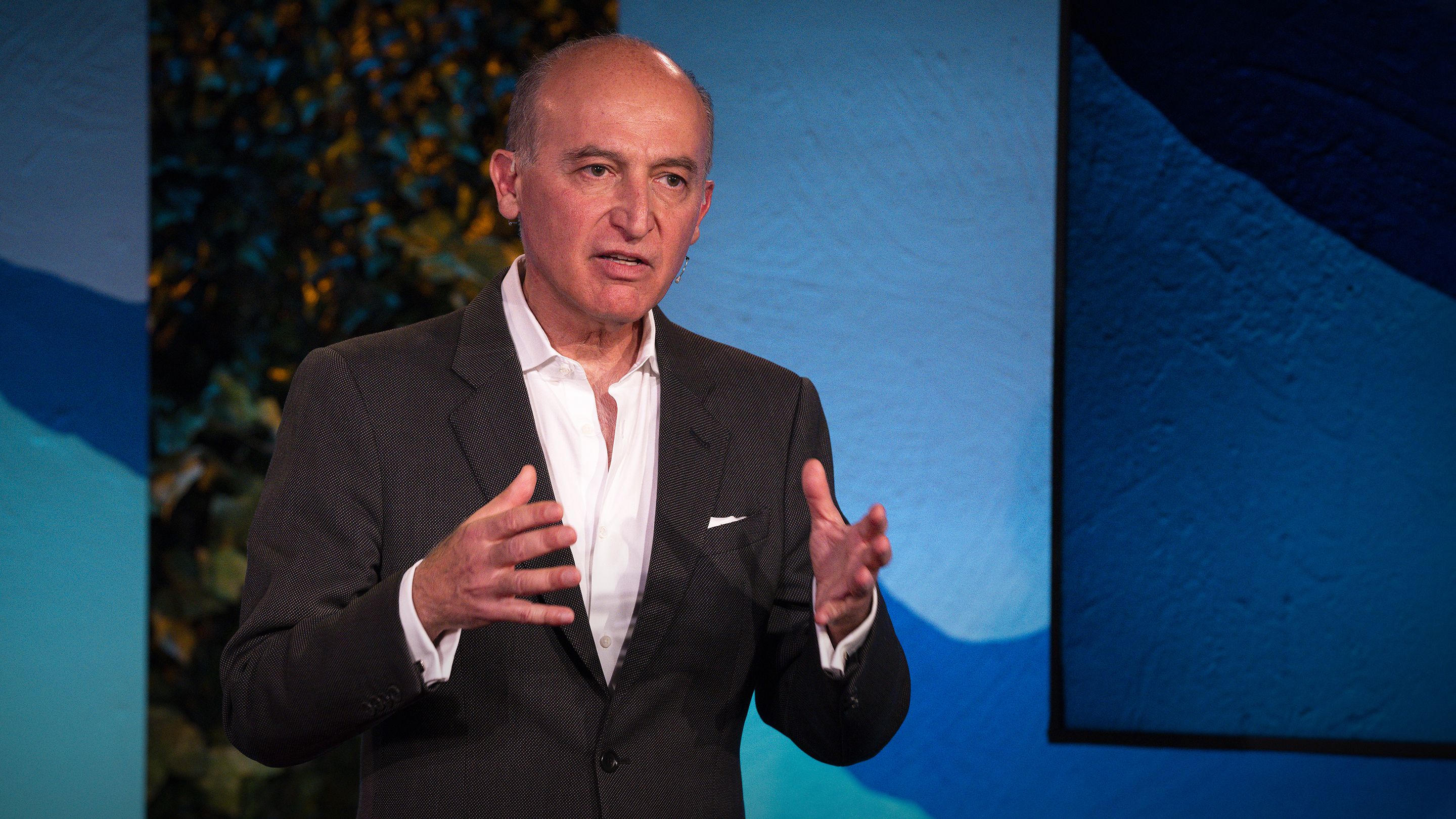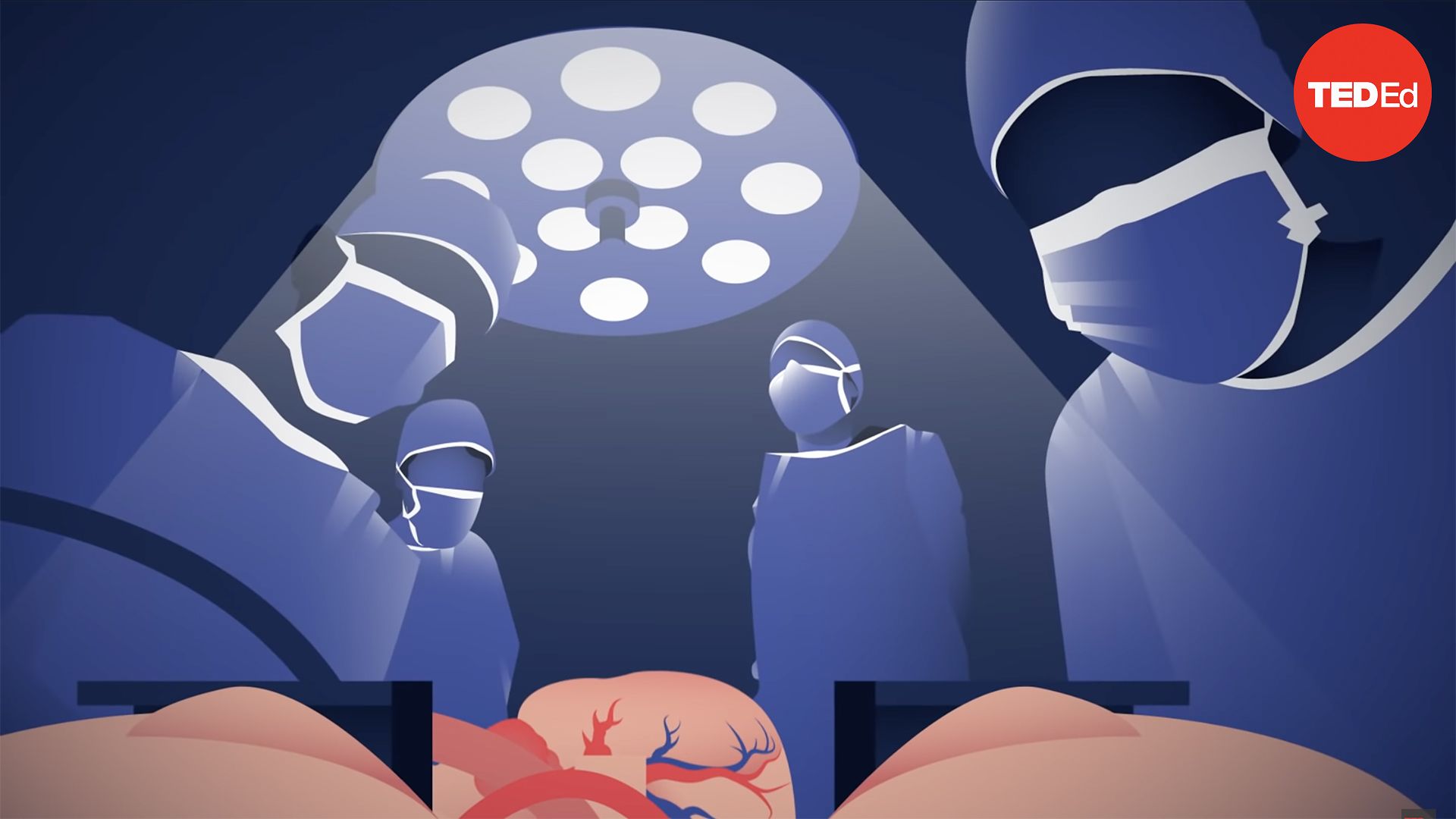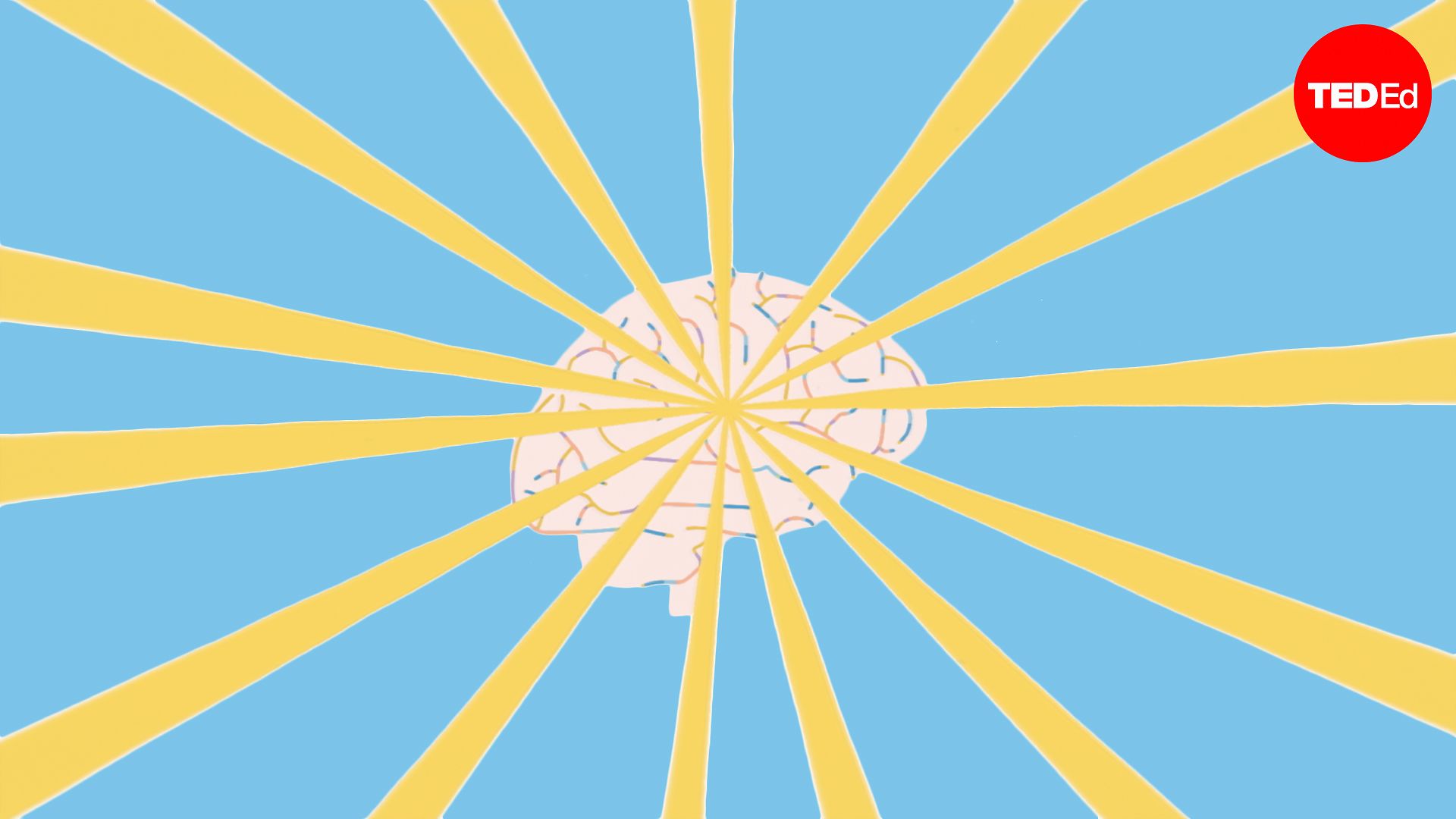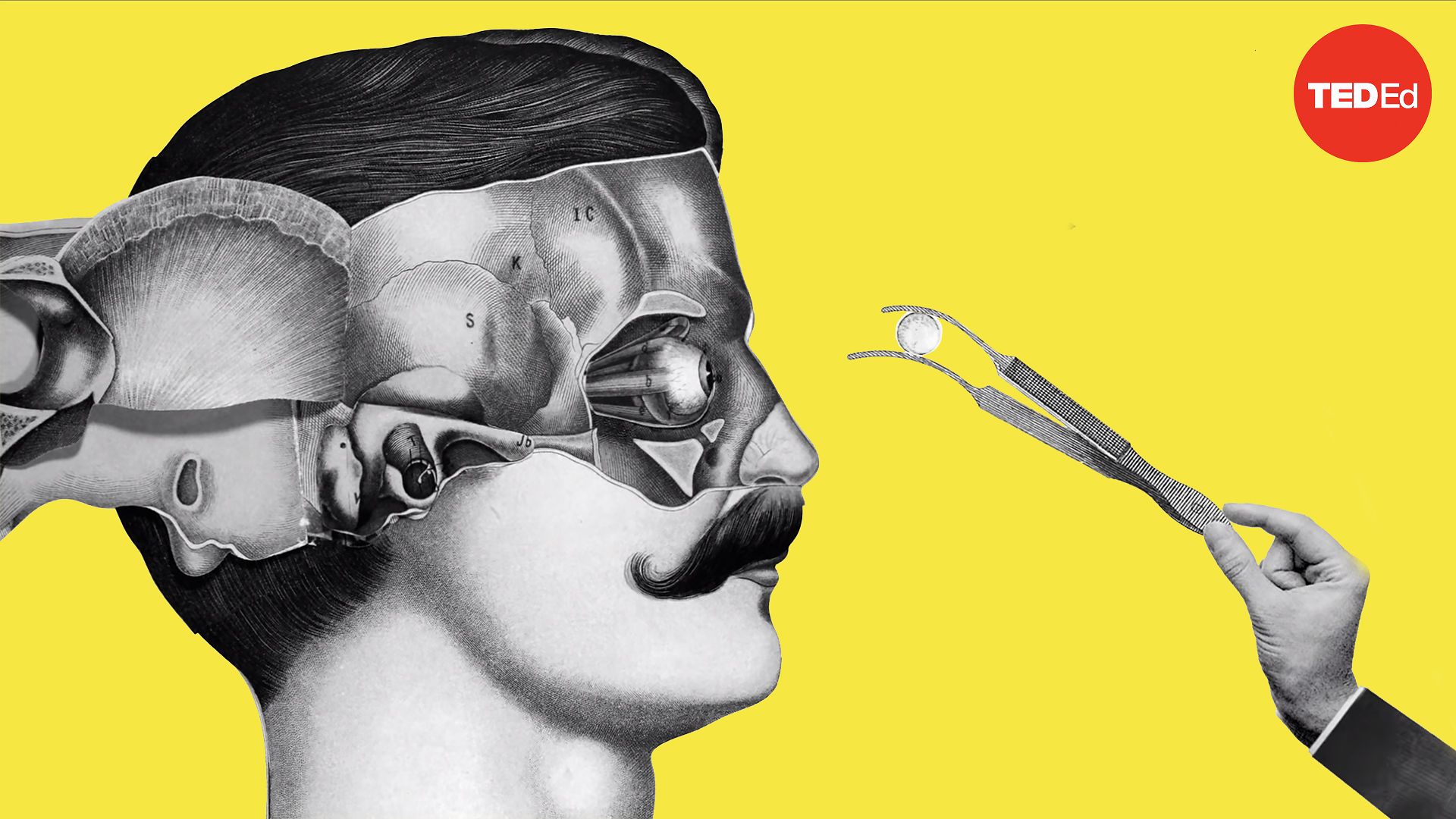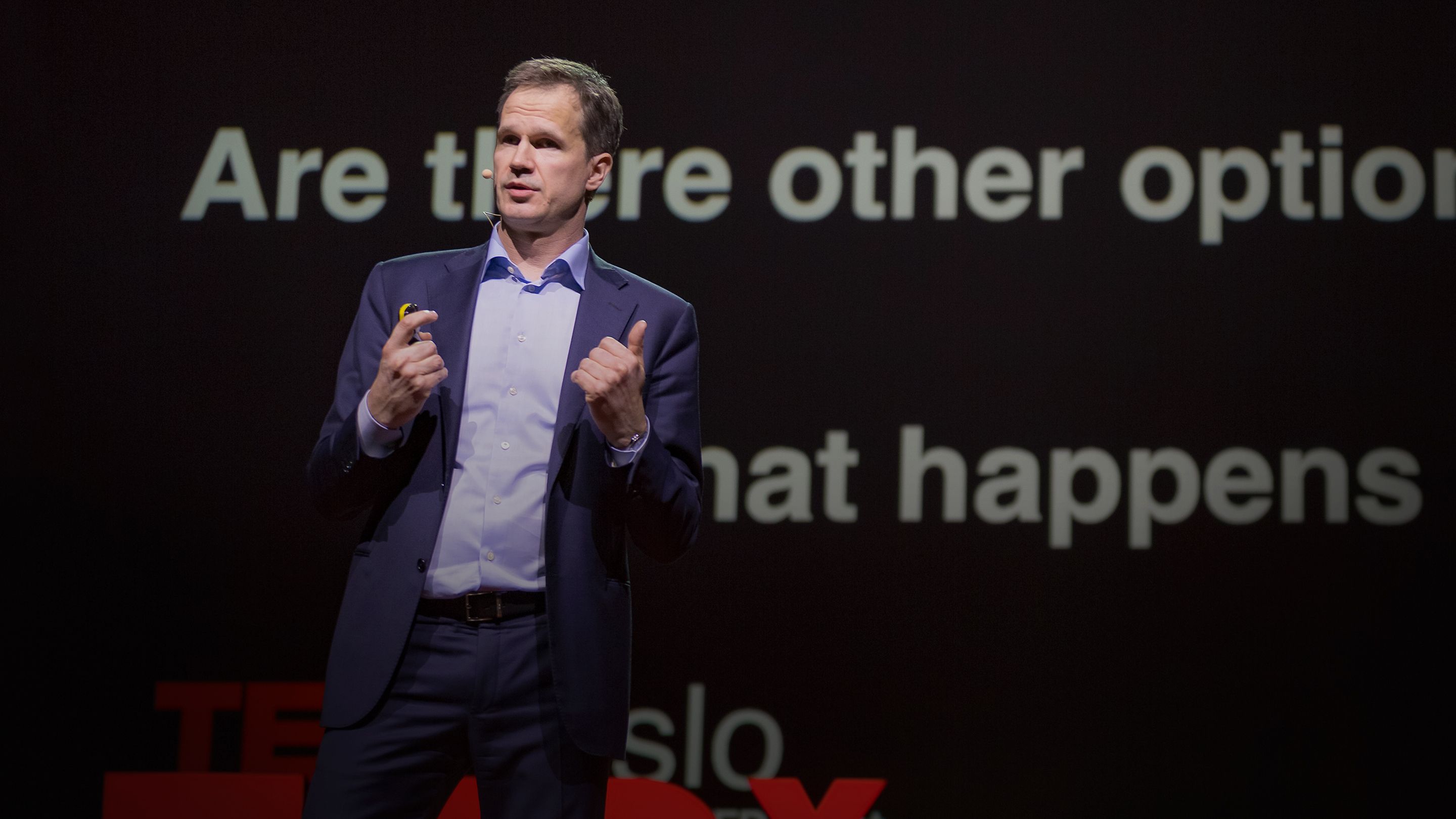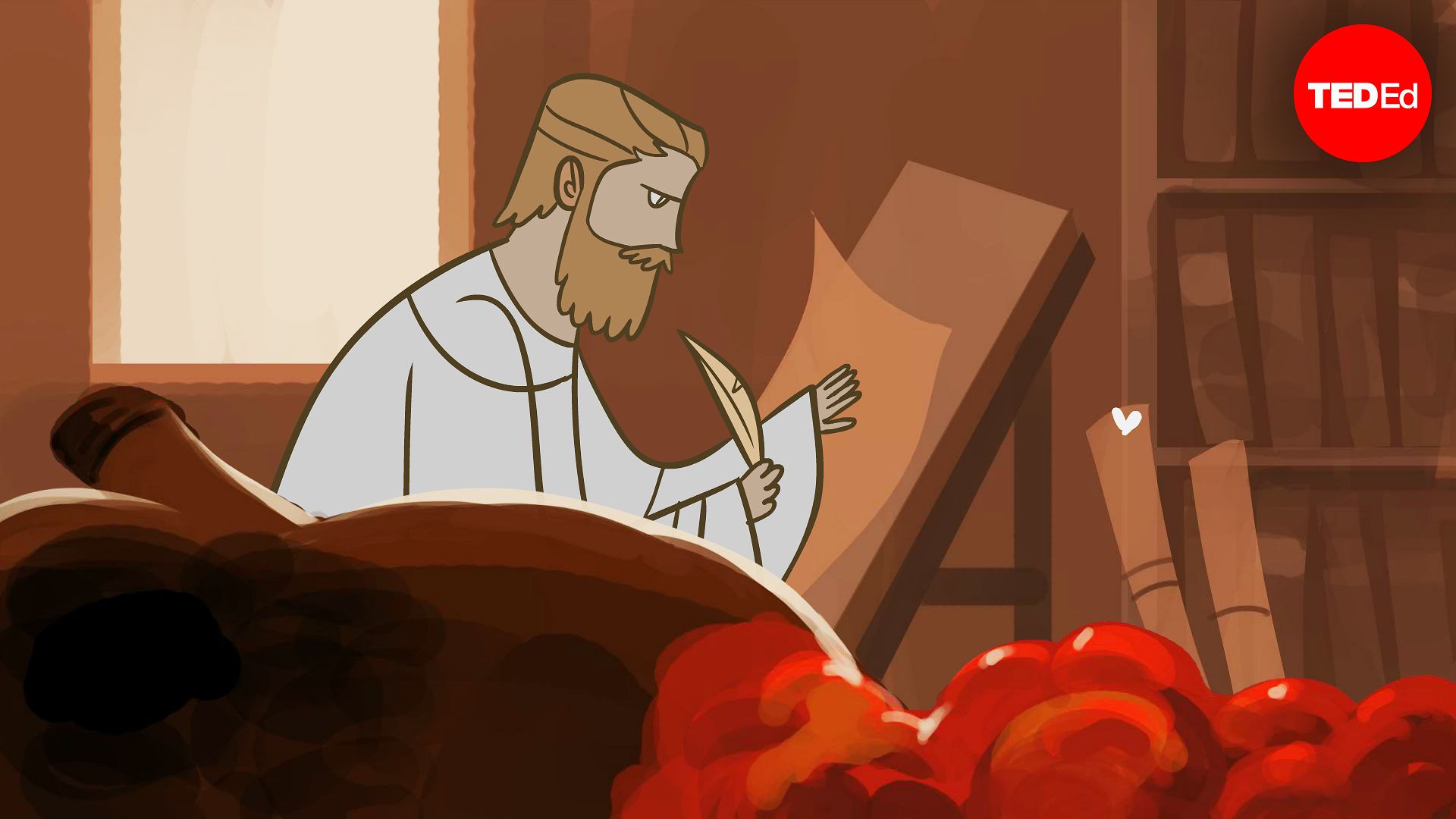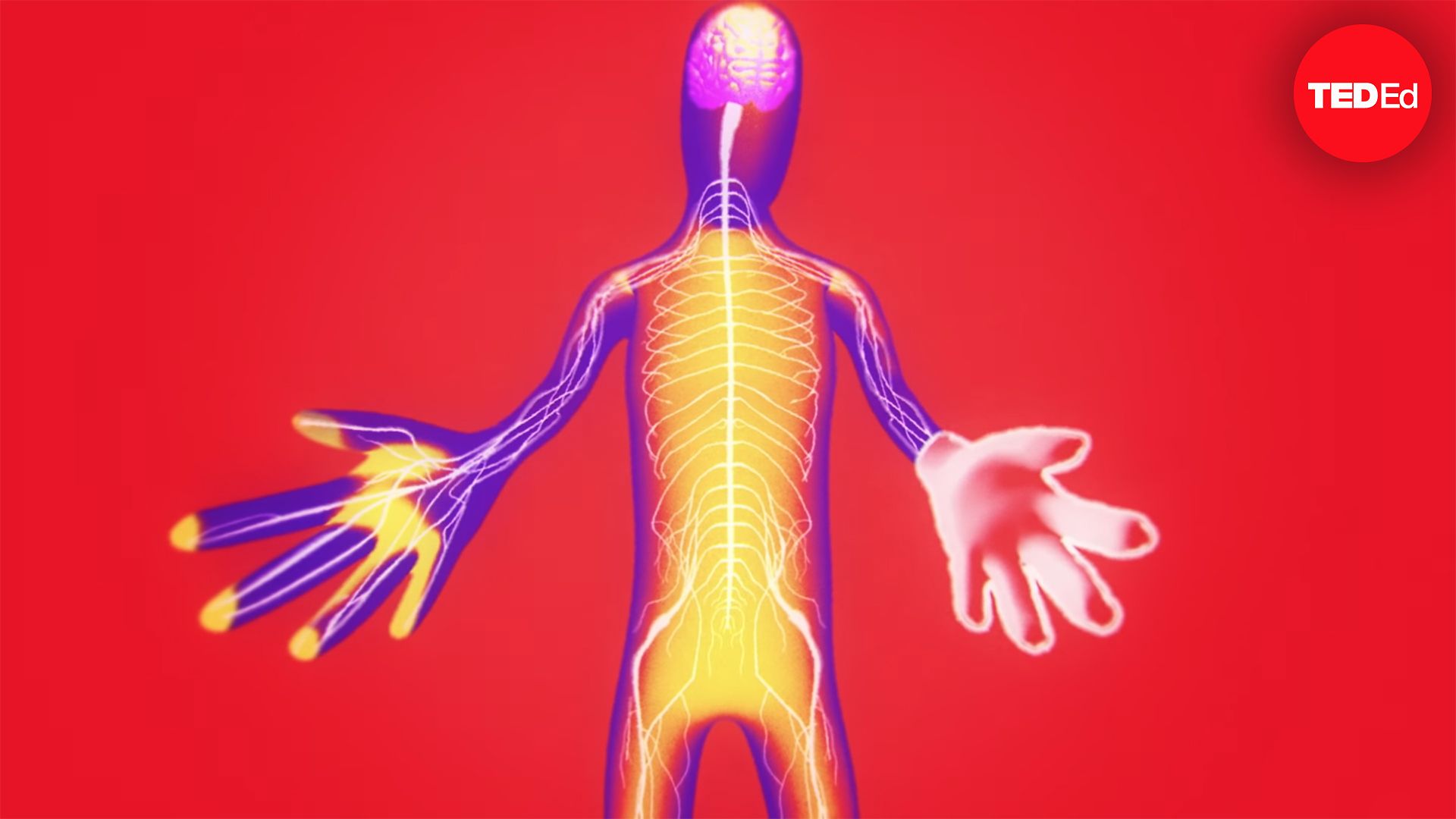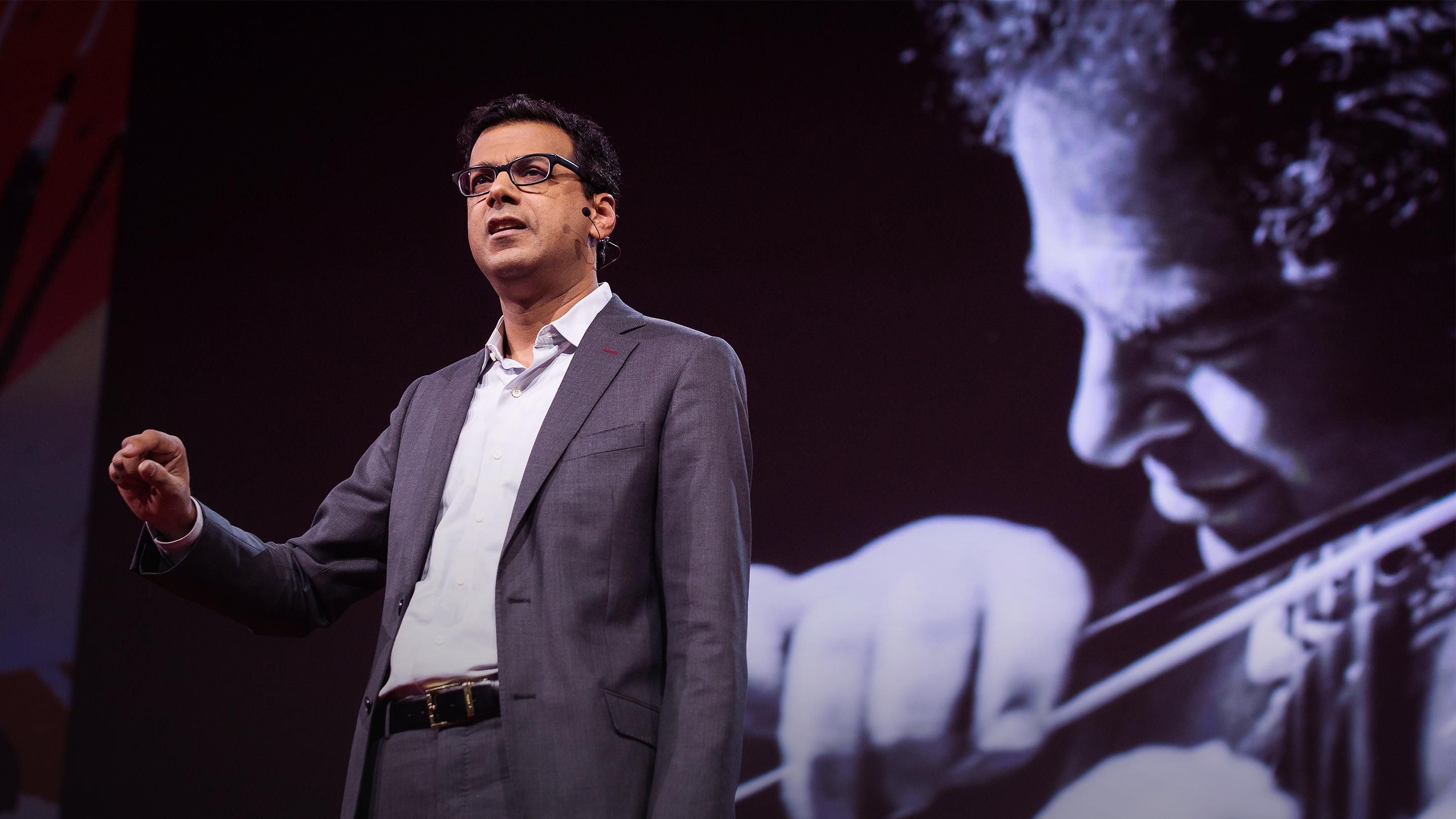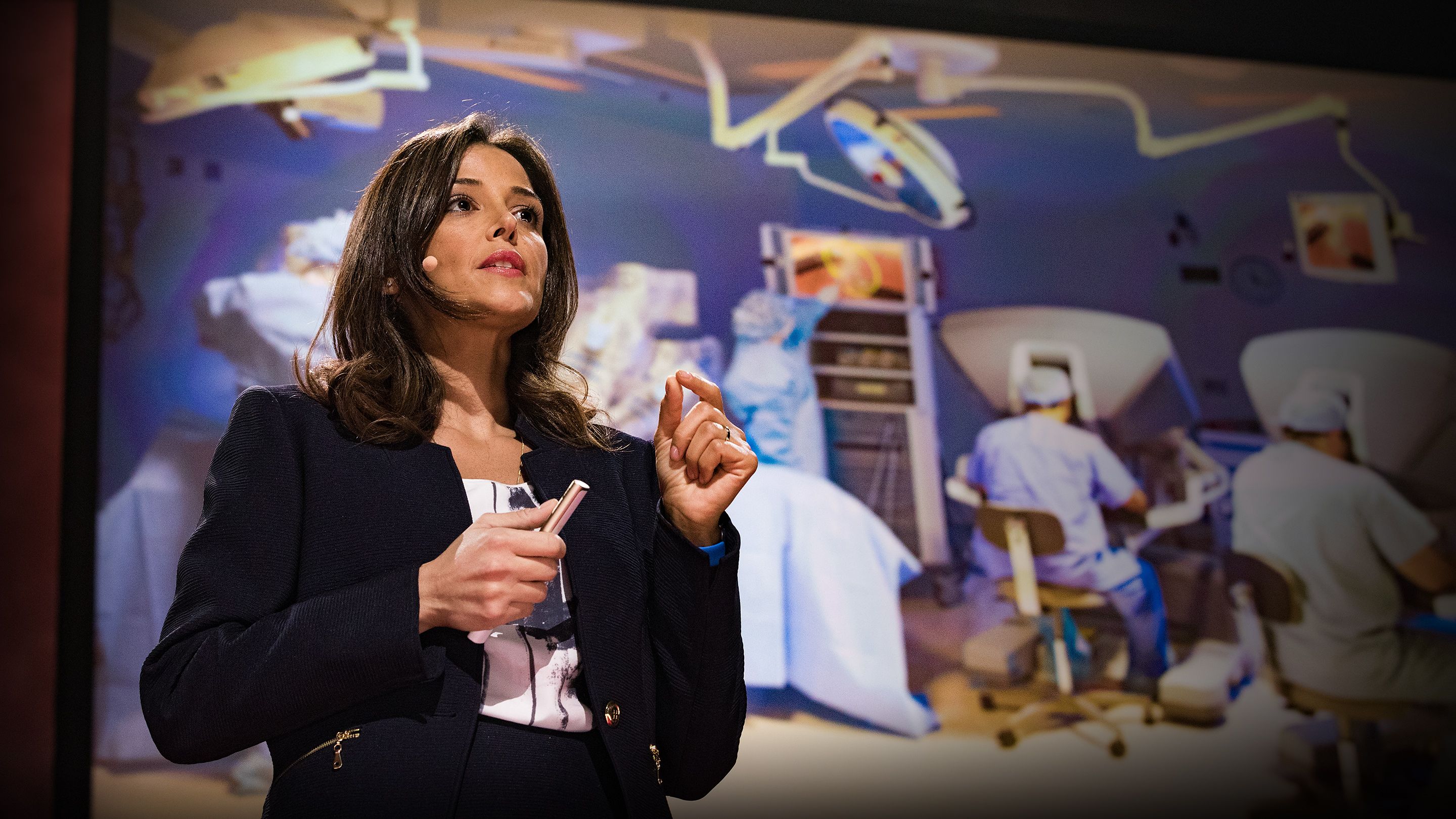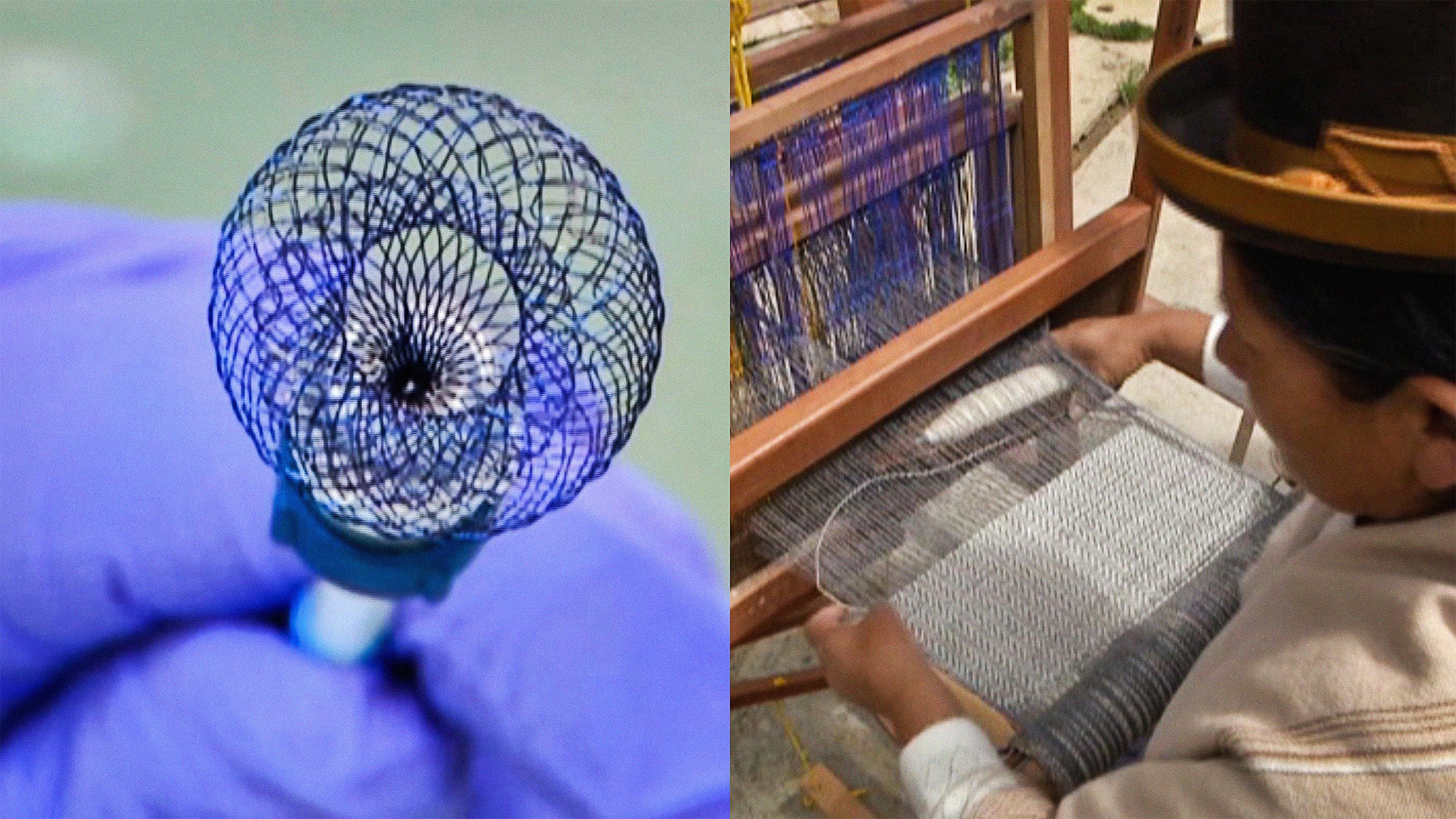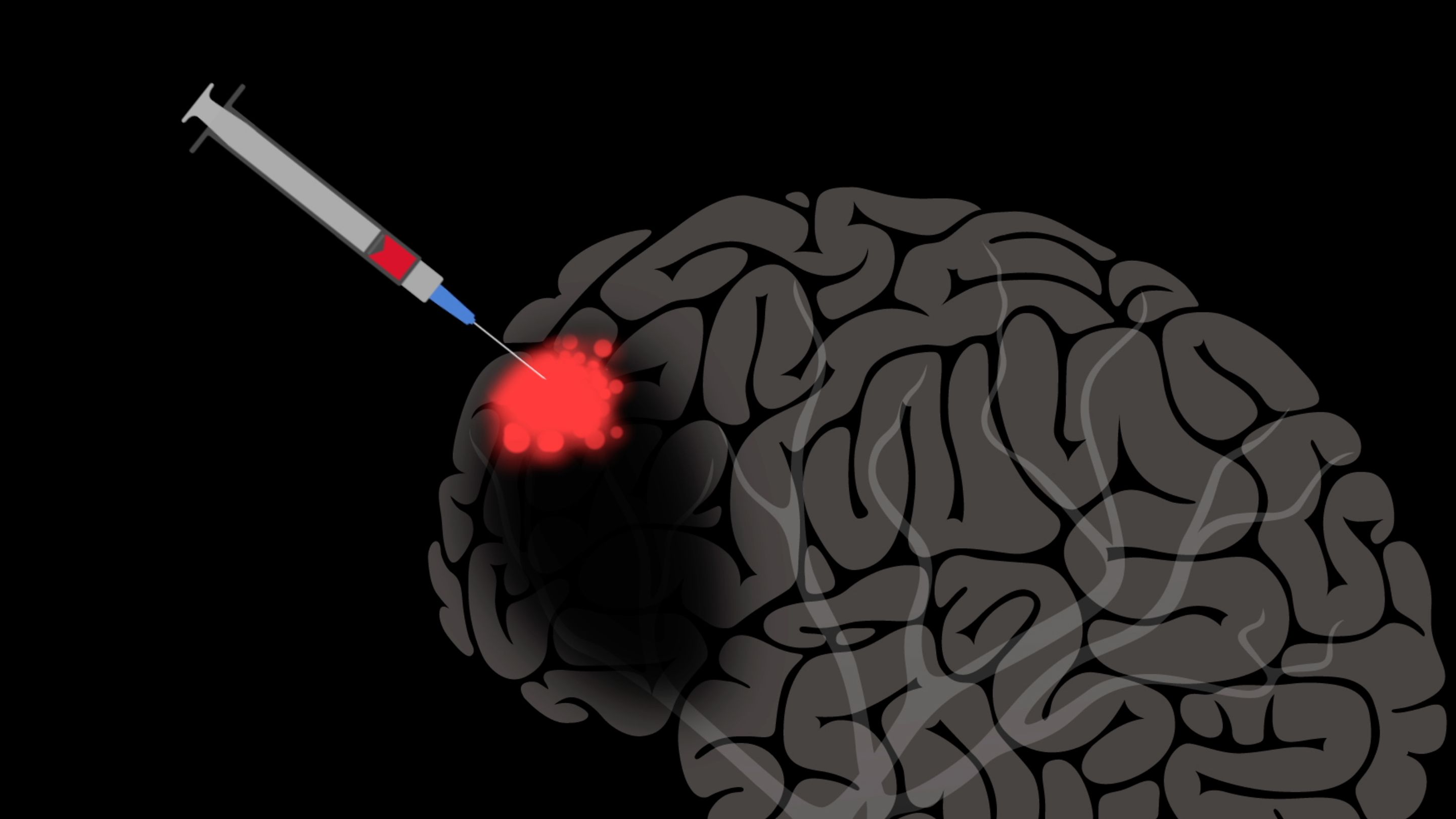Surgery
A collection of TED Talks (and more) on the topic of Surgery.
Video playlists about Surgery
Talks about Surgery
See all talks on Surgery
Exclusive articles about Surgery
How one kidney donation can lead to a chain of 94 transplants (and counting!)
A kidney donation chain could narrow the huge gap between organ supply and demand. Kidney matchmaker and transplant surgeon Jayme Locke explains how.
Posted Jun 2018
The most critical factor in medicine? Human bias
Oncologist and Pulitzer Prize-winner Siddhartha Mukherjee explains why doctors aren't so much looking for disease as bias in their work.
Posted Oct 2015
So many introverts, and other insights of the week
Community responses to an introversion poll inspired by Susan Cain, a comment on Nikolai Begg's description of a tool to fix one of the most dangerous moments in surgery, and a giddy post about a mid-career sabbatical motivated by Stefan Sagmeister's talk.
Posted Jul 2014

